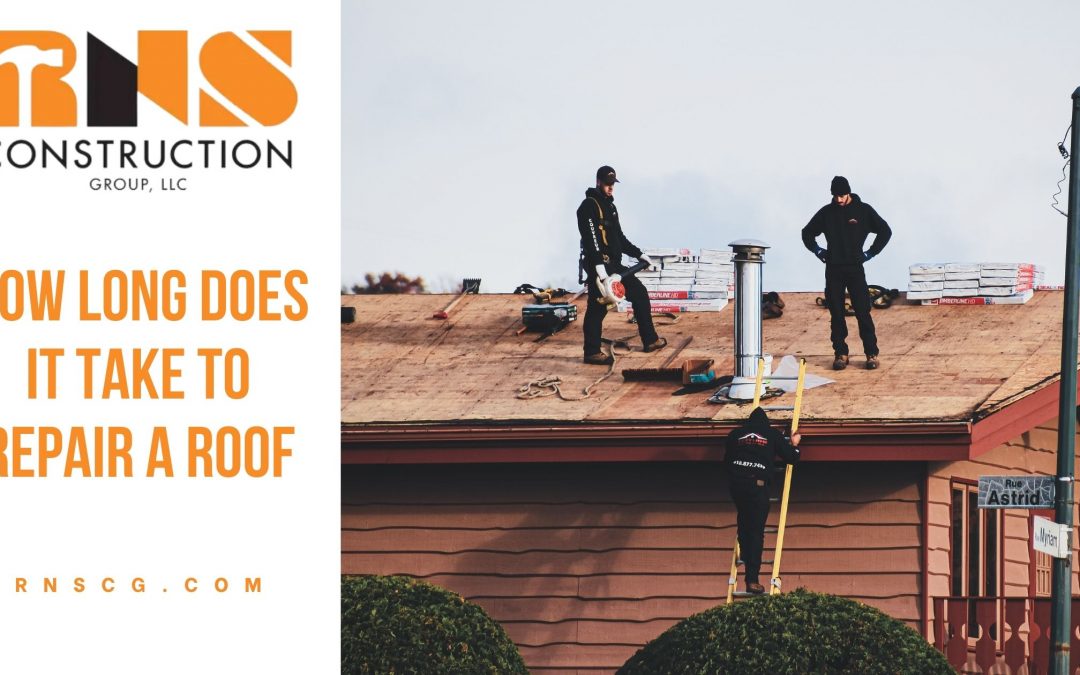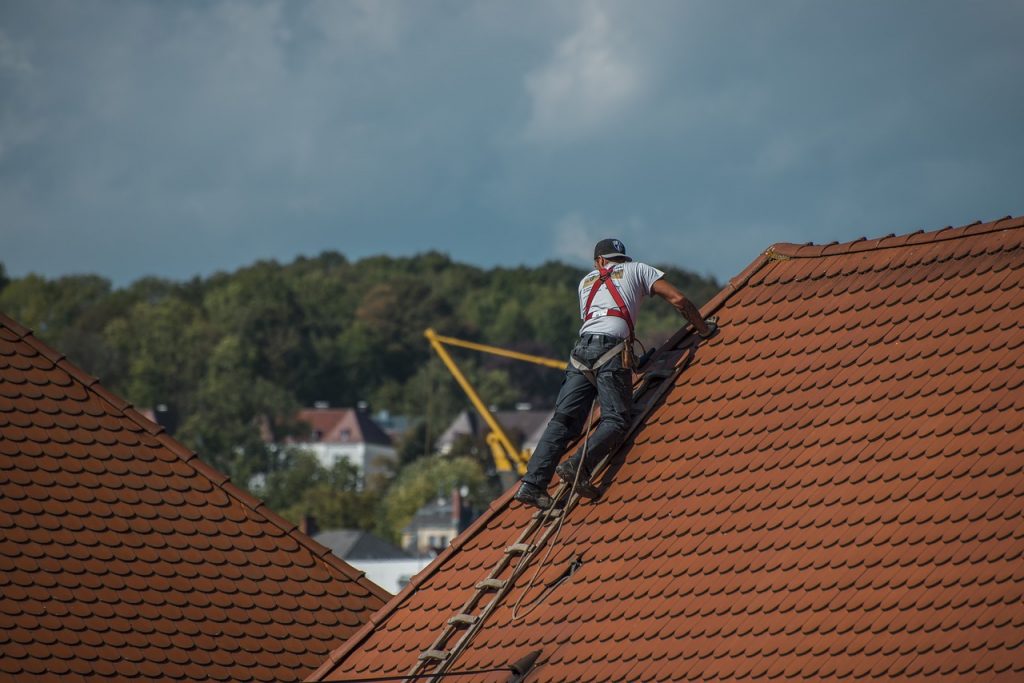If you’re a homeowner or a property manager, you know how crucial it is to have a solid roof over your head. However, roofs can suffer from wear and tear, storms, or accidents, which may require repairs.
One common question that many people have is: How long does it take to repair a roof? The answer is not straightforward, as the time required can depend on several factors. In this article, we’ll explore those factors and provide some guidelines for estimating the time needed for different types of roof repair.
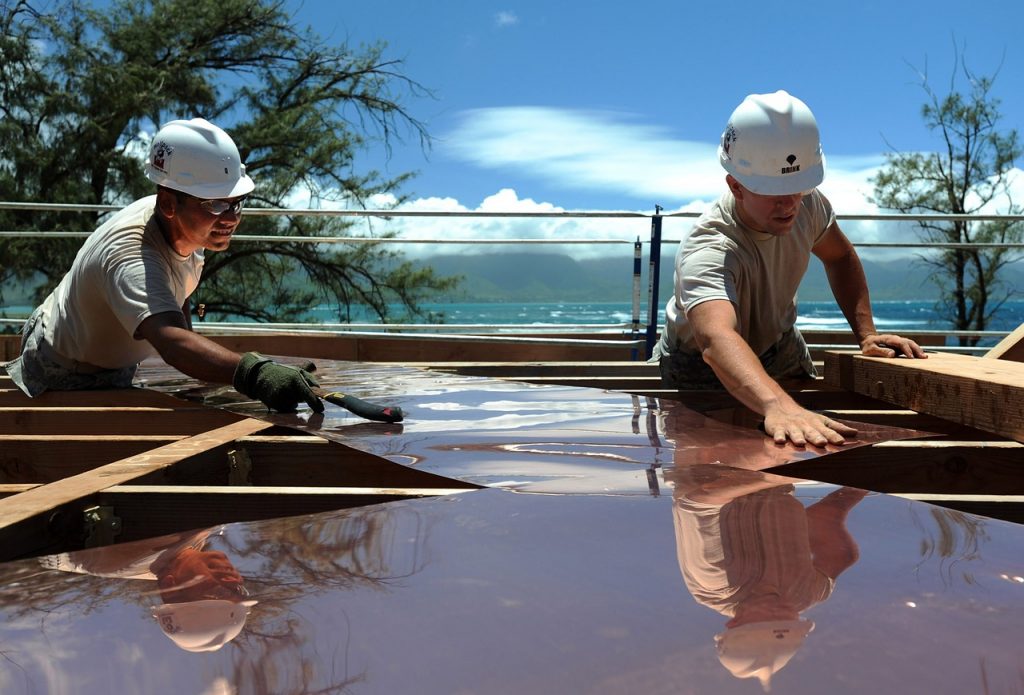
Source: Pixabay
Factors Affecting Roof Replacement Project Timeline
The amount of time it takes to repair a roof depends on many factors. Some of these factors include the extent of the damage, the type of roofing material, and the weather conditions. To accurately estimate the repair time, it’s crucial to consider these factors.
The extent of Damage
The extent of damage to a roof is a critical factor in determining how much time it will take to complete the repair. Minor roof damage, like a small leak or some missing shingles, can often be quickly repaired, while significant damage or extensive leaks may require more time and effort. It is essential to work with a professional roofer who can assess the extent of the damage and provide an accurate estimate of the repair time.
When assessing the damage, the roofer will examine the entire roof structure to determine the extent of the damage. They will look for signs of water damage, such as water stains on the ceiling or walls, as well as any visible damage to the roof surface. They may also inspect the attic for signs of water infiltration or structural damage.
Based on their assessment, the roofing contractor will provide an estimate of the repair time and the cost involved. It is crucial to understand that significant damage may require additional repairs, such as replacing damaged decking or fixing the roof structure. These repairs can add to the overall time and cost of the repair.
Type of Roofing Materials and Design To Replace
The type of roofing material and design can significantly affect the time and cost of repairing an old roof. Here are some factors to consider when assessing an old roof for repair:
Asphalt Shingles
Asphalt shingles are one of the most common roofing materials used in residential properties due to their affordability and durability. However, they can be prone to cracking and curling over time, which can lead to leaks or other issues. Repairing asphalt shingles typically involves replacing individual shingle roofs or patching small holes or cracks.
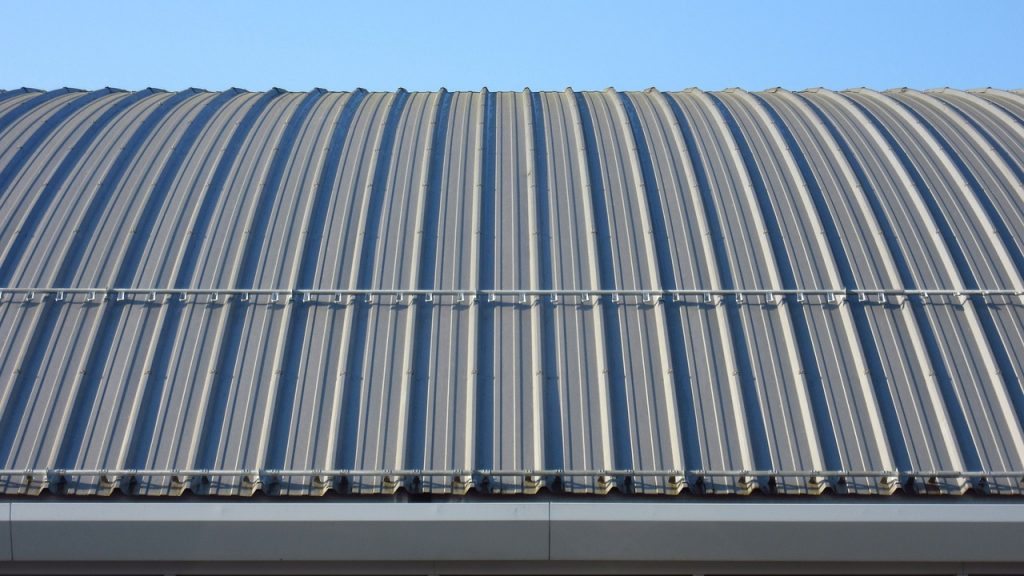
Source: Pixabay
Metal Roofing
Metal roofing is becoming increasingly popular for its longevity, energy efficiency, and aesthetic appeal. Metal roofs can withstand harsh weather conditions and require minimal maintenance. However, repairing a metal roof can be more challenging than repairing other types of roofs due to the specialized tools and techniques involved. For example, repairing a standing-seam metal roof may require replacing entire panels or using soldering or welding methods.
FlatRoofs
Flat roofs are commonly used in commercial or industrial properties and require specific roof materials and techniques to repair. Flat roofs can be made of various materials, such as PVC, TPO, EPDM, or modified bitumen. Repairing a flat roof typically involves removing damaged membranes or coatings, repairing the underlying structure, and installing new membranes or coatings. Flat roofs can be more susceptible to ponding water, which can accelerate the deterioration of the roof and require more frequent repairs.
Source: Pixabay
Sloped Roofs
Sloped roofs come in different designs and materials, such as clay or concrete tiles, slate, wood shakes or shingles, or synthetic materials. Sloped roofs are typically easier to repair than flat roofs as they allow water to drain more efficiently. However, repairing a sloped roof can still involve removing and replacing damaged shingles or tiles, which can be time-consuming and require specialized tools and equipment.
Roof Design
The design of a roof can also affect the time and cost of repairing it. For example, a complex roof design with multiple angles, ridges, or valleys may require careful planning and attention to detail to ensure a proper repair. A roof with skylights, chimneys, or other penetrations can complicate the replacement process and require specialized materials or techniques.
Weather Conditions
Weather conditions play a significant role in the repair time for a damaged roof. Severe weather like heavy rain, snow, or hail can cause further damage to the roof and make it difficult or dangerous for the roofers to work on it.
Repairing an existing roof during a rainstorm or in extreme cold can cause it to become slippery, making it more challenging for the roofers to work safely. Also, hot temperatures can affect the installation of certain materials, such as asphalt shingles.
In hot weather, asphalt shingles can become soft, making them difficult to handle and more susceptible to damage during installation. On the other hand, extremely cold weather can make materials brittle and more likely to crack, leading to potential problems in the future.
Before starting a roof replacement process, it is important to consider the current and forecasted weather conditions. If there is a chance of inclement weather, the repair may need to be postponed until conditions improve.
However, if the repair cannot wait, roofing companies will need to take extra precautions to ensure the safety of the roofers and the integrity of the roof repair.
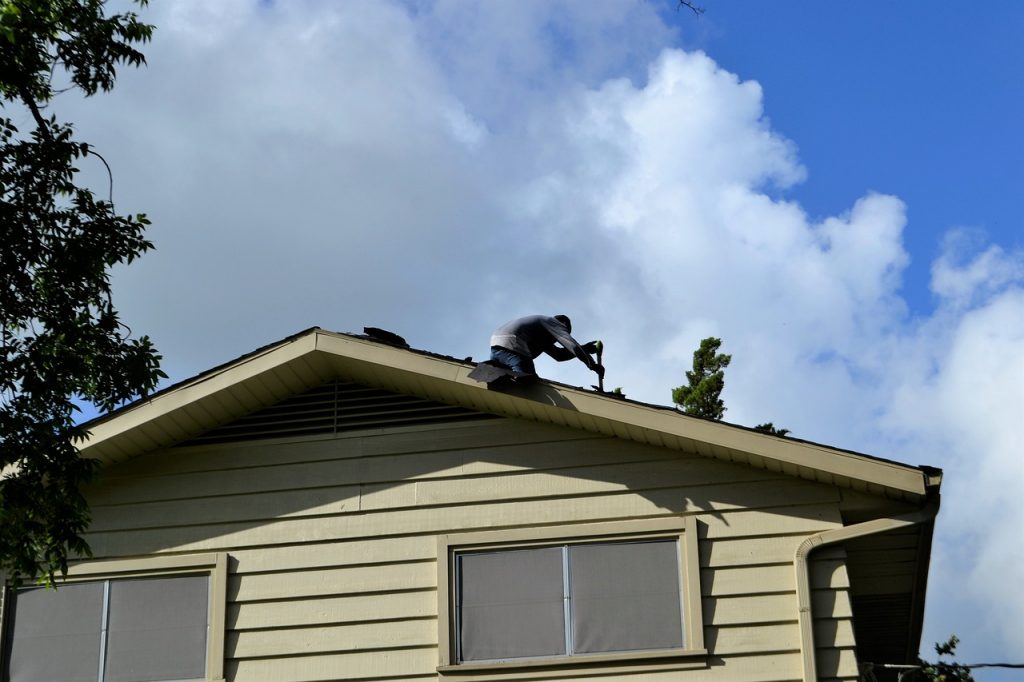
Source: Pixabay
Steps in the Roof Repair Process
Once you have assessed the damage and obtained the necessary materials and tools, you can begin the repair process. Here are the typical steps involved in repairing a roof:
Prepare The Site
Before starting any work, it’s essential to prepare the site by removing any debris or obstacles that may interfere with the repair process. For example, if you’re working on a sloped roof, you may need to clear away any loose gravel or dirt to create a stable work surface. You may also need to erect safety barriers or scaffolding to protect yourself and others from falls or accidents.
Remove Damaged Materials
The next step is to remove any damaged or deteriorated materials from the roof. It may involve lifting or cutting away the shingles, tiles, or panels that had caused the leaky roofs or other problems. Depending on the type of roofing material, you may need to use specialized tools or techniques to avoid damaging the underlying structure or adjacent materials.
Install New Materials
Once you have removed the damaged materials, you can install the new materials. It may involve cutting or shaping the new roofing materials to fit the size and shape of the area you’re repairing.
You may also need to apply adhesives, sealants, or other products to ensure a watertight and secure connection between the new and old materials. Again, the specific techniques and tools needed will depend on the type of product you’re using.
Finish The Job
Finally, you can finish the repair by cleaning up the site, inspecting the repaired area for any remaining issues, and applying any finishing touches or coatings to protect the new roof from future damage. For example, you may need to paint or seal the repaired area to match the rest of the roof or apply a reflective coating to reduce heat gain and improve energy efficiency.

Source: Pixabay
Finding The Right Roofing Company
To ensure that your roof repair or replacement is done correctly and efficiently, it is crucial to locate the right roofing contractor for your house or business.
Here are some tips for finding the right roofing contractor:
Ask for referrals: Ask family, friends, or neighbors who have recently had roof repairs or replacements about their experience with the roofing company. It can provide valuable insights into the quality of work and level of customer service provided by the roofing company.
Check their credentials: Verify that the roofing company is licensed and insured. A licensed roofing contractor will have the necessary knowledge and training to complete the work, and insurance will protect you in case of any accidents or damages that may occur during the repair.
Research online: Look up roofing contractors online and check their websites for reviews and testimonials. Check their rating on the Better Business Bureau website or other relevant review sites.
Summary
In conclusion, repairing a damaged roof is an essential investment for the safety and longevity of any home or building. The time it takes to repair a roof can vary depending on the extent of the damage, the type of roofing material, and the weather conditions. It’s crucial to assess the damage accurately and understand the factors that affect repair time before starting any repairs.
Following a proper repair process is also critical in ensuring the quality and longevity of the repair. It includes using high-quality materials, employing skilled professionals, and following safety protocols. While it can be time-consuming and challenging, the benefits of repairing a roof outweigh the challenges.
We encourage readers to share their experiences or questions about roof repair and call for professional help when necessary.

